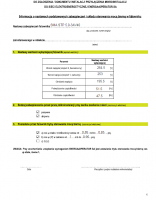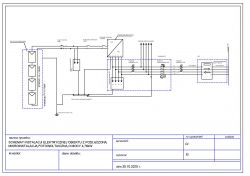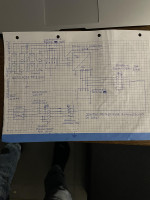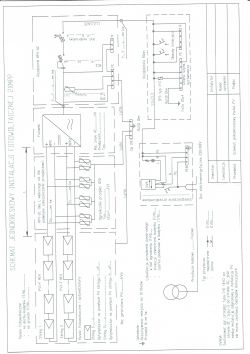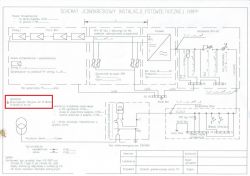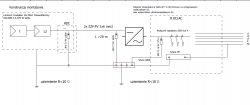Merio186 wrote: snycesz wrote: Good day.
I do not want to start a new topic, so I will ask a question here. A sales representative of a company was at my place and offered a PV installation. What surprised me, (if the nomenclature is wrong, sorry) the lightning protection / additional grounding of the panels is done additionally. And from what you explained, they drag yellow-green 16mm2 from the panels to the DC switchboard with DC cables and spread to other elements of the system.
Friends have, for example, a separate cable to the ground and stuck pins? How is it legally regulated?
Thank you and best regards.
Perhaps I will stick a stick into an anthill, but I think that when making a PV installation, the earth electrode in the building should be verified. If it is not there, it should be done. And here the real fairy tale begins, because making a real earth electrode costs both material and work. And it is good to inform the customer that the price of the earth electrode will be additional because it is impossible to measure how many pins or hoops will go to the earth electrode.
It makes no sense to dwell on the earth cross-section or preliminary measurements to determine the resistivity and predict the amount of material. During the valuation, there is no electrician in the warehouse, and the cross-section of the land is so diverse that either the valuation is made with a large margin or the truth is told - payable additionally.
But if the customer does not agree, how to put into use an endless installation?
The answer to the specific question and the rope. If you have a lightning rod on the roof and the separation distances are kept, then pulling the line to the GSW is correct in my opinion. If you do not have separation distances, it is a mistake to enter the house with the ground wire.
Hello
I also agree with this entry 100%.
If the customer does not agree, I, for example, give up such an installation.
You can even connect the structure with a 6mm cable, but this only meets the requirements of potential equalization.
I found such a case, the lightning protection system on the building kept the distance, and the lightning discharge went to the structure and there were problems.
Therefore, as already assumed such an installation, the cost of a good earth electrode must be included in it when I make the installation whether there is a lightning protection system or not, I always make an external earth electrode and that's it.
The second issue is connecting the inverter to the home installation.
There have been three fires in single-family houses with PV installations in my area recently, many people have asked me if they are so emergency.
We have new regulations in this topic, I will not write about them because my hands are falling.
The cause of these fires, this is an interesting case, was not the DC side but the AC side and behind the inverter too small cross-section of the cable
and connection in the home switchboard common switching on with a 3 cable for security, you know there is no place, etc.
This is done for many years and if there is no place, then you need to find them, the power distribution should be done, and no additional cables are screwed in.
It is worth paying attention to this because then there is no place now, because there is no home.



